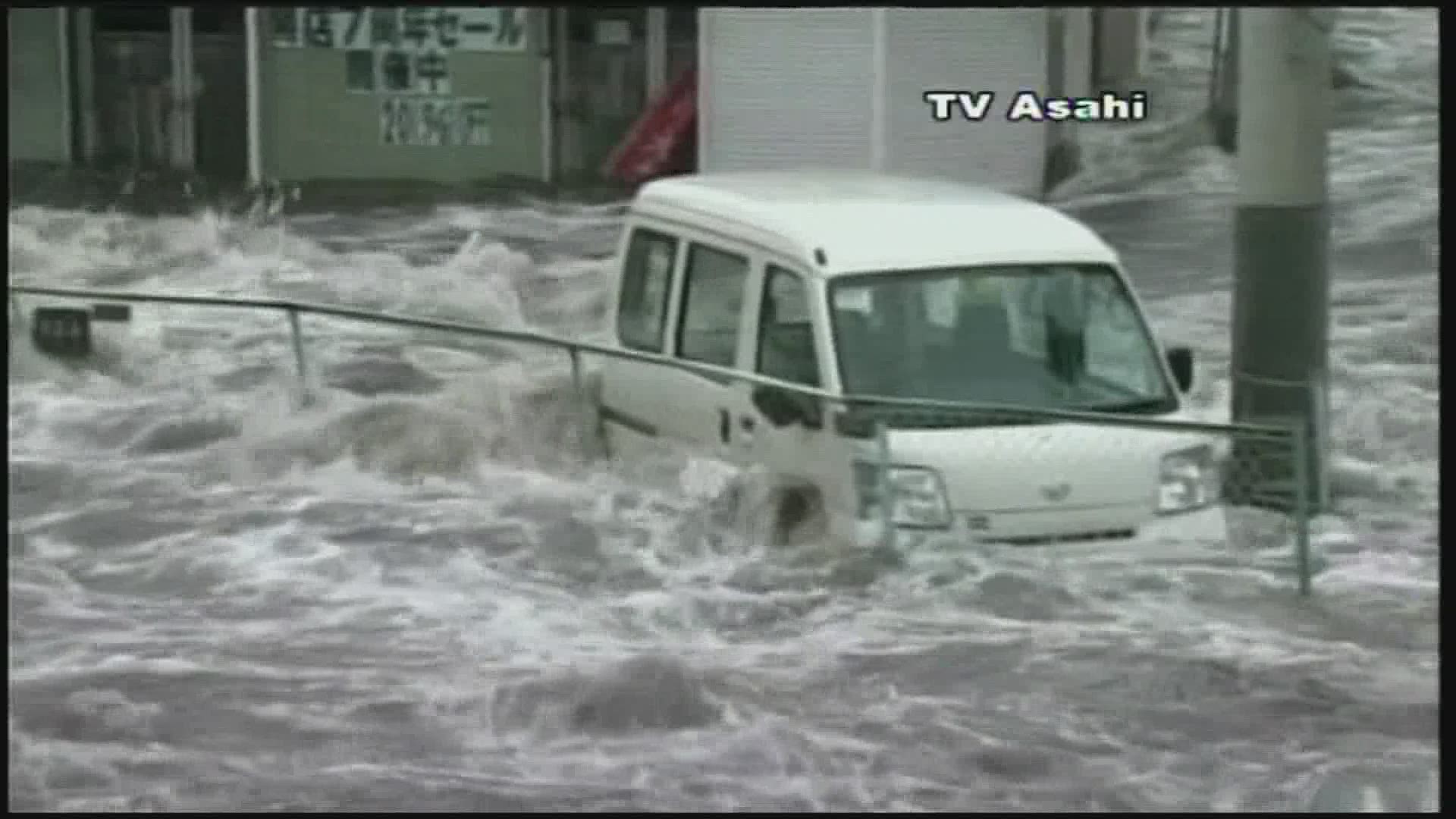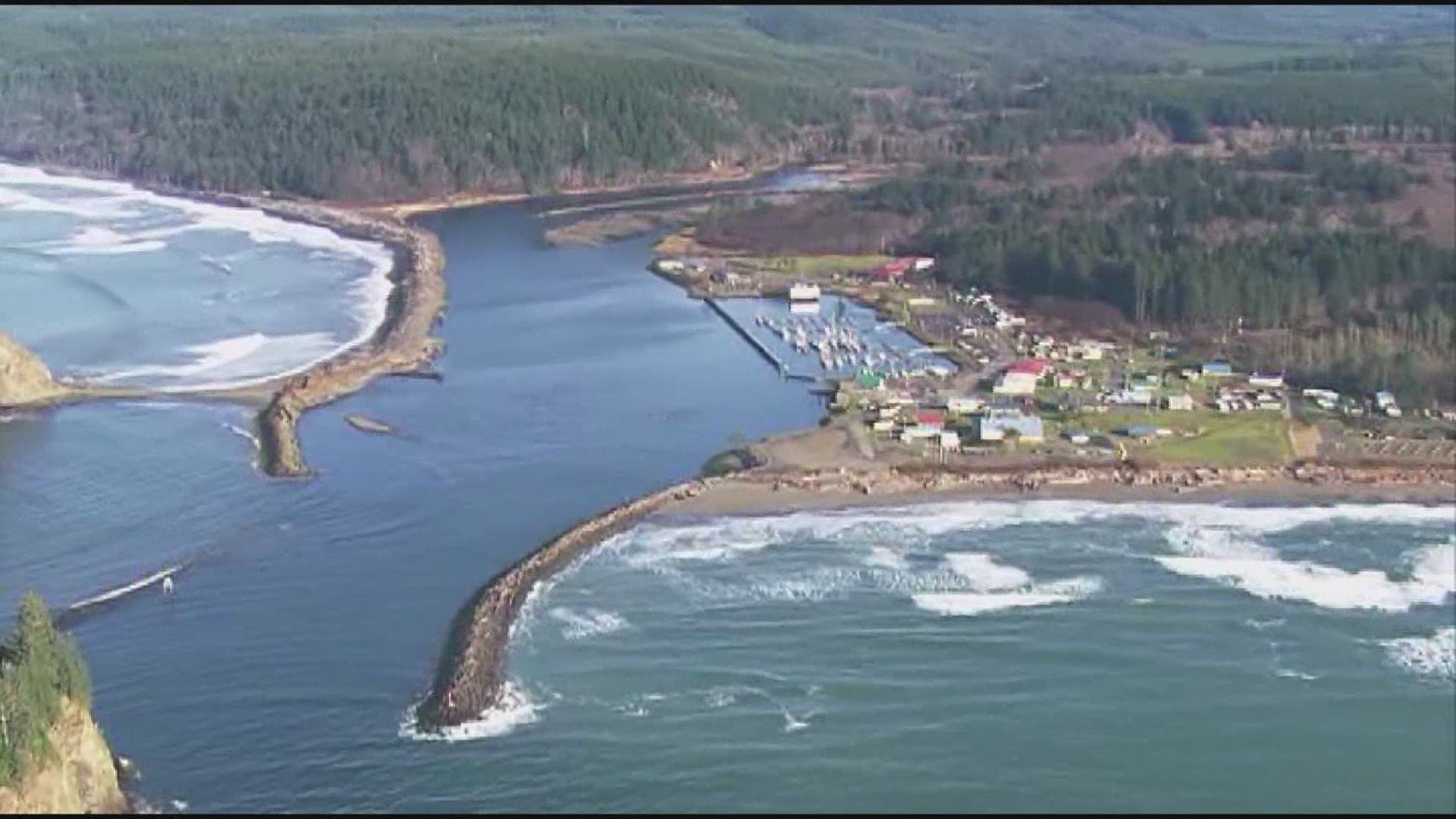The devastating 2011 earthquake and tsunami in the Tōhoku region of Japan's Honshu island claimed 16,000 lives, with thousands more missing or injured. Ten years later, the effects are still being felt from Japan to the Pacific Northwest.
Washington and the northeast coast of Japan share something in common: a boundary between crustal plates capable of causing some of the world’s largest earthquakes and major tsunamis. Japan is one of the most seismic countries on the planet, but the size of the earthquake that hit the coast in 2011 was not what scientists were expecting.
Harold Tobin, head of the Pacific Northwest Seismic Network at the University of Washington, explained, “There had been a tsunami in 1933, another one in 1896 and back through time. They knew there could be big earthquakes there, but the seismologists thought the largest was around a magnitude eight. Of course, what happened was a magnitude nine, which is 10 times larger in amplitude, 30 times larger in energy released."
Tobin is an expert on subduction zones like the one in Japan and the one off our own coast known as Cascadia.
"Turns out there was evidence of a quake this size in 869 AD, more than 1,100 years before,” Tobin said of the 2011 quake along the Japan trench. “That’s a direct link to the kind of studies in Cascadia… we have all the geological signs of the tsunami of 1700.”
In some respects, the 1700 quake may have been larger, as it sent a tsunami wave all the way across the Pacific Ocean, causing destruction on the Japanese coast. The 2011 Tōhoku earthquake didn’t send a dangerous wave that far in our direction, but many tons of debris ended up on Washington’s coast.
Tobin has spent years in Japan studying earthquake risks. He notes that Japan has also established instruments on the seafloor to better understand how the oceanic plate moves in a way that could warn when a major earthquake was becoming more likely, at least narrowing the window, which can be centuries-long.
"We’re starting to get a much bigger picture that these faults are alive between earthquakes," Tobin said. "That stuff is going to unlock the key for us to be able to see something that’s a run-up to an earthquake or not. I don’t have the answer for you today, but that’s exactly what we’re working on.”
Japan fell quiet at 2:46 p.m. to mark the minute that an earthquake began 10 years ago, before setting off a tsunami and nuclear crisis that devastated the country’s northeast coast.
One survivor said Thursday that he fears people are beginning to forget the disaster. Carrying bouquets of flowers, many walked to the seaside or visited graves to pray for relatives and friends washed away by the water. Dignitaries and representatives of the survivors spoke at a memorial — but most watched the ceremony online or on television because of restrictions to slow the coronavirus pandemic.
The magnitude 9.0 quake that struck on March 11, 2011, triggered a tsunami, destroying towns and causing meltdowns at the Fukushima Daiichi nuclear plant.


